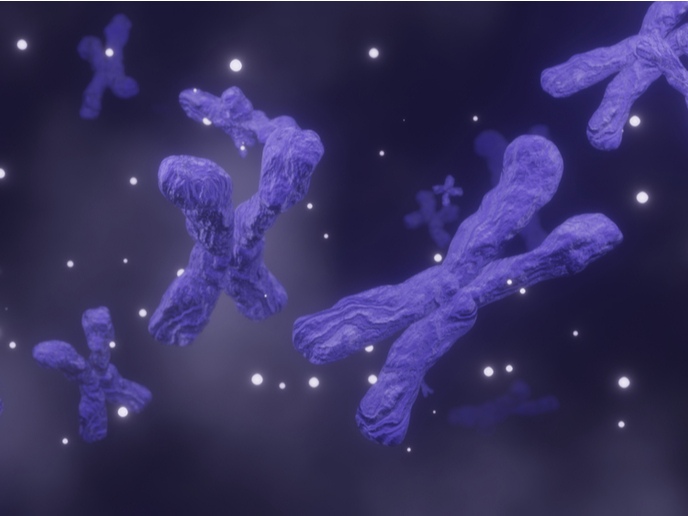Dissecting protein folding
Proteins are major players in cellular composition and function, and their role is governed by their three-dimensional conformation. To ensure correct protein folding, cells utilise specific molecular chaperones. Failure to fold leads to inactive proteins that eventually get degraded. Sometimes, misfolded proteins form and this can lead to diseases such as Alzheimer’s disease. The EU-funded MANIFOLD (Manipulating folding, assembly and disassembly of protein complexes - from molecule to disease) initiative is organised by researchers and teachers of the Bijvoet Graduate School for Biomolecular Sciences in the Netherlands. The aim is to recruit early-stage researchers to investigate various aspects of the protein folding events. The proposed activities focus on the folding of newly synthesised proteins, conformational changes of proteins upon activation or deactivation as well as allosteric effects. MANIFOLD will also study the phenomenon of protein misfolding, and how it results in the formation of amyloid structures. During the first part of the project, researchers utilised a range of biophysical methods to study the interaction of the amyloid forming protein IAPP with membranes. They identified promising inhibitors that can interact with this process and may serve as therapeutic drugs for neurodegenerative conditions. Additionally, they used the chaperone heat shock protein 90 (Hsp90) as a model to analyse the interaction of chaperones with their substrates and how this culminates in protein degradation. For studying multi-protein assembly, the consortium produced histones and observed their folding around DNA to generate nucleosomes. They are in the process of elucidating the interaction with the histone chaperone APLF and its role in proper nucleosome formation. Collectively, the activities of the MANIFOLD project will provide invaluable mechanistic insight into the fundamental process of protein folding. Considering the implication of protein folding dysfunction in disease, the generated information has therapeutic consequences as well.







